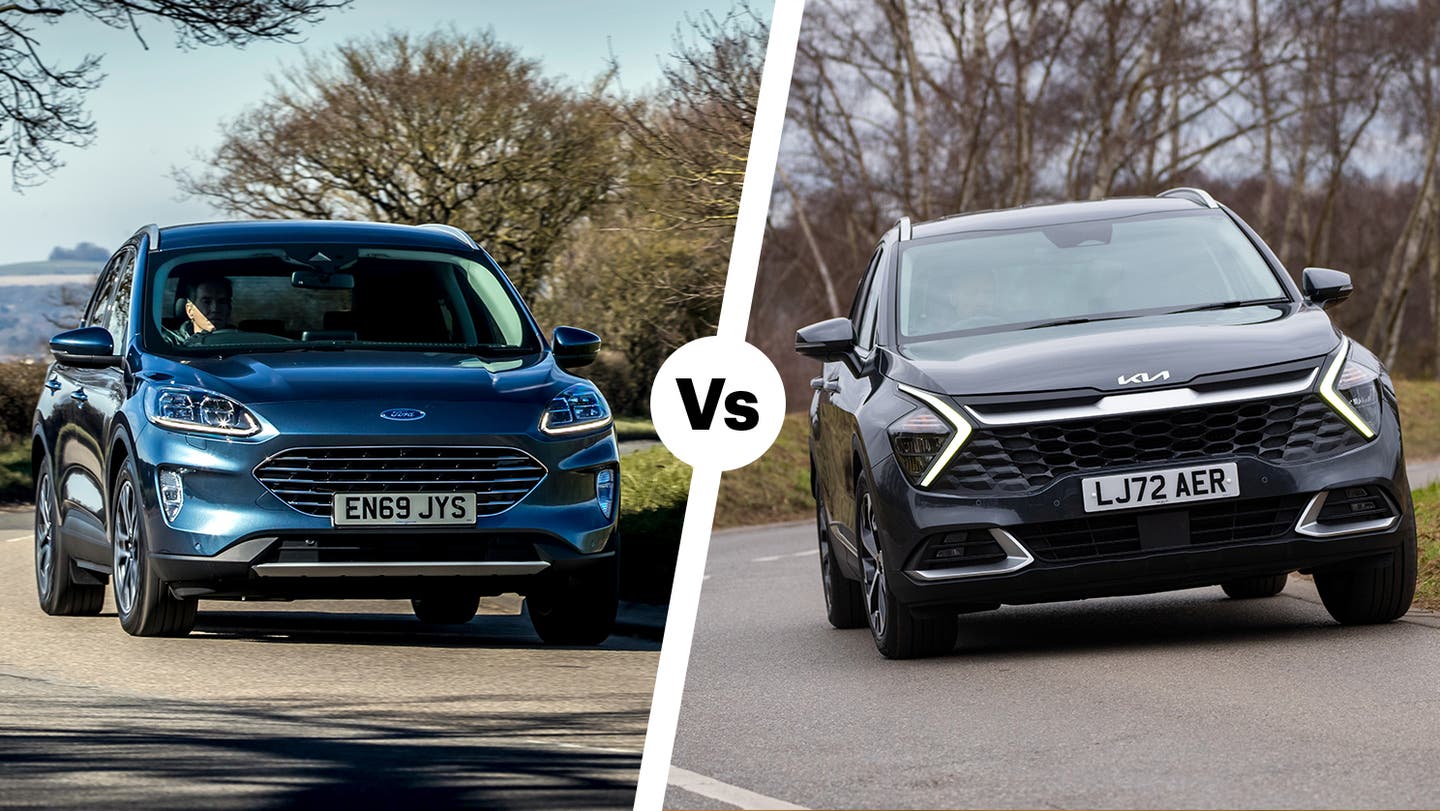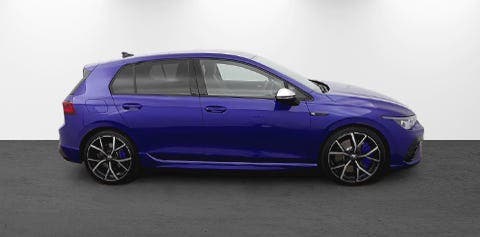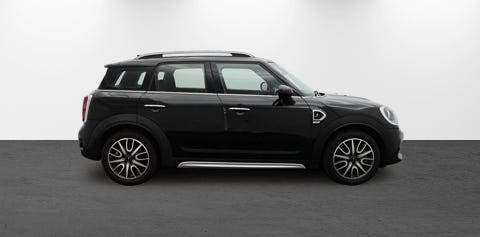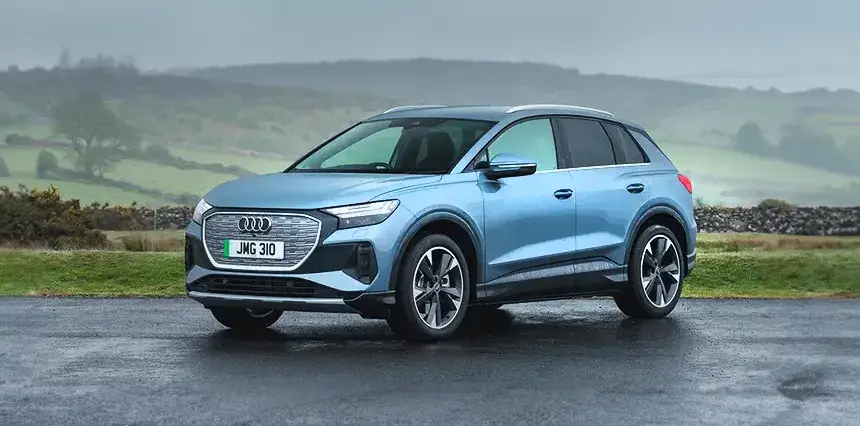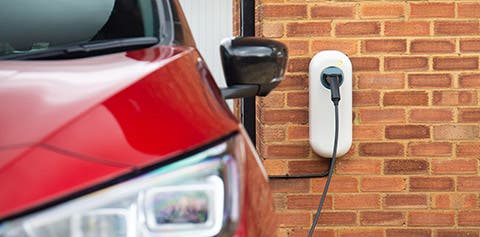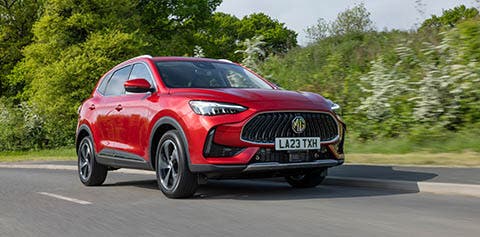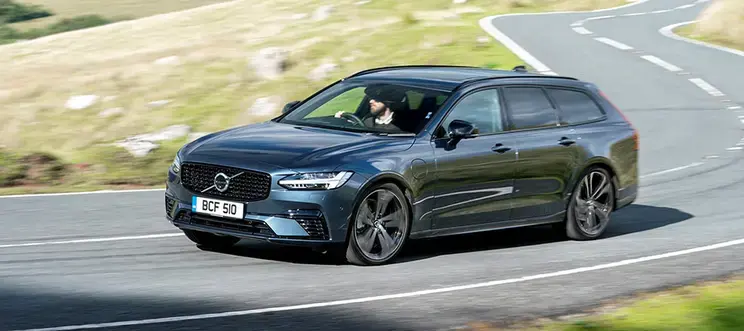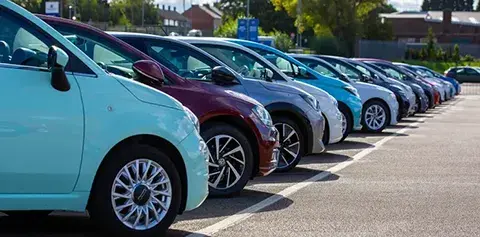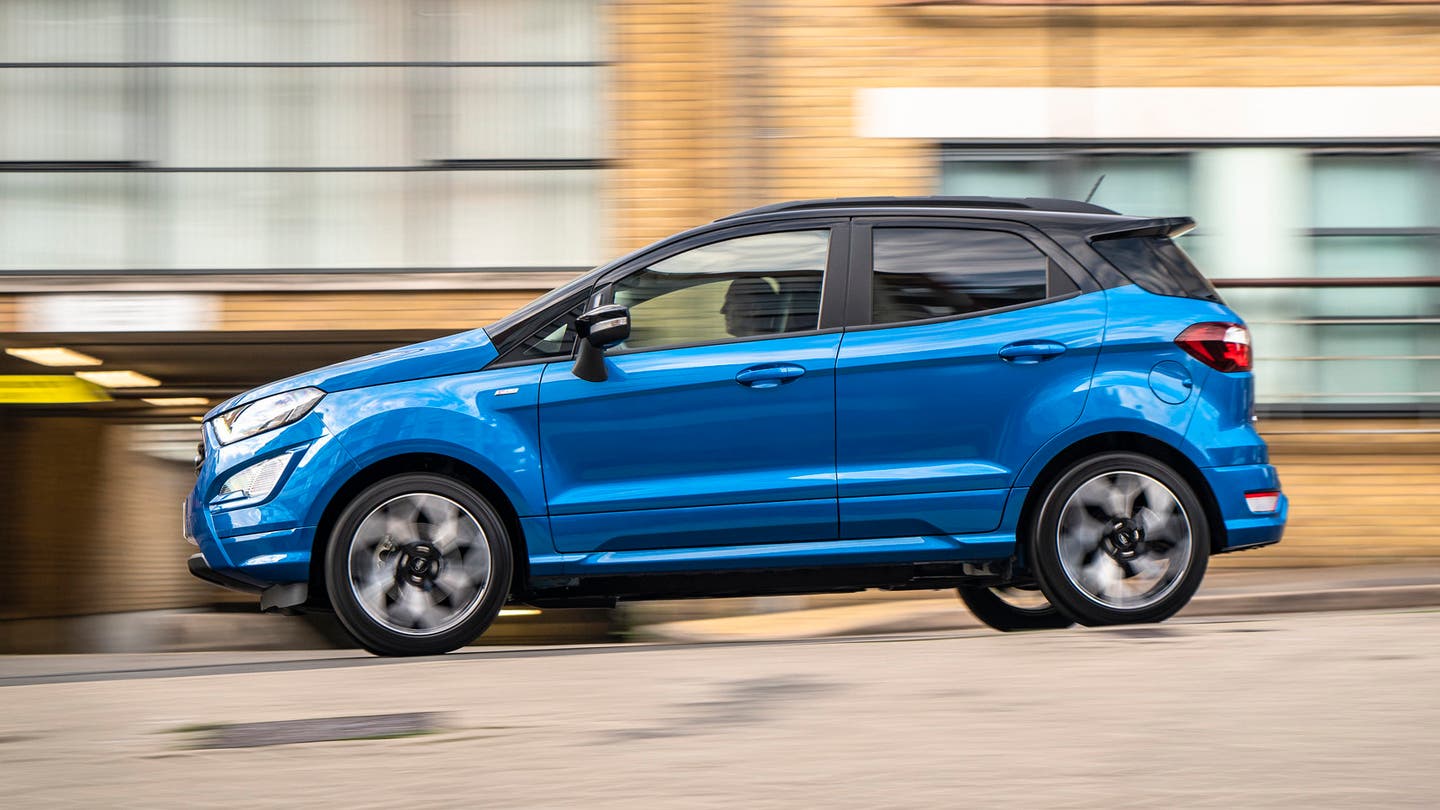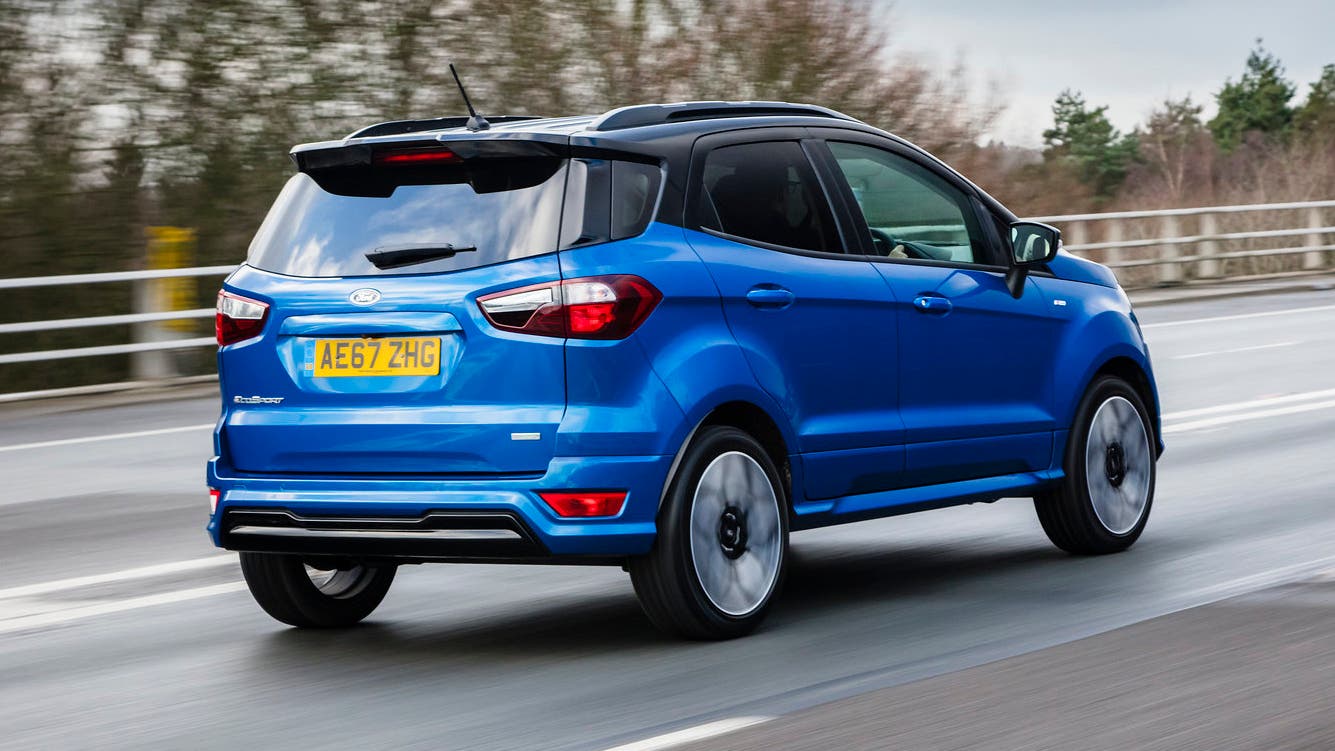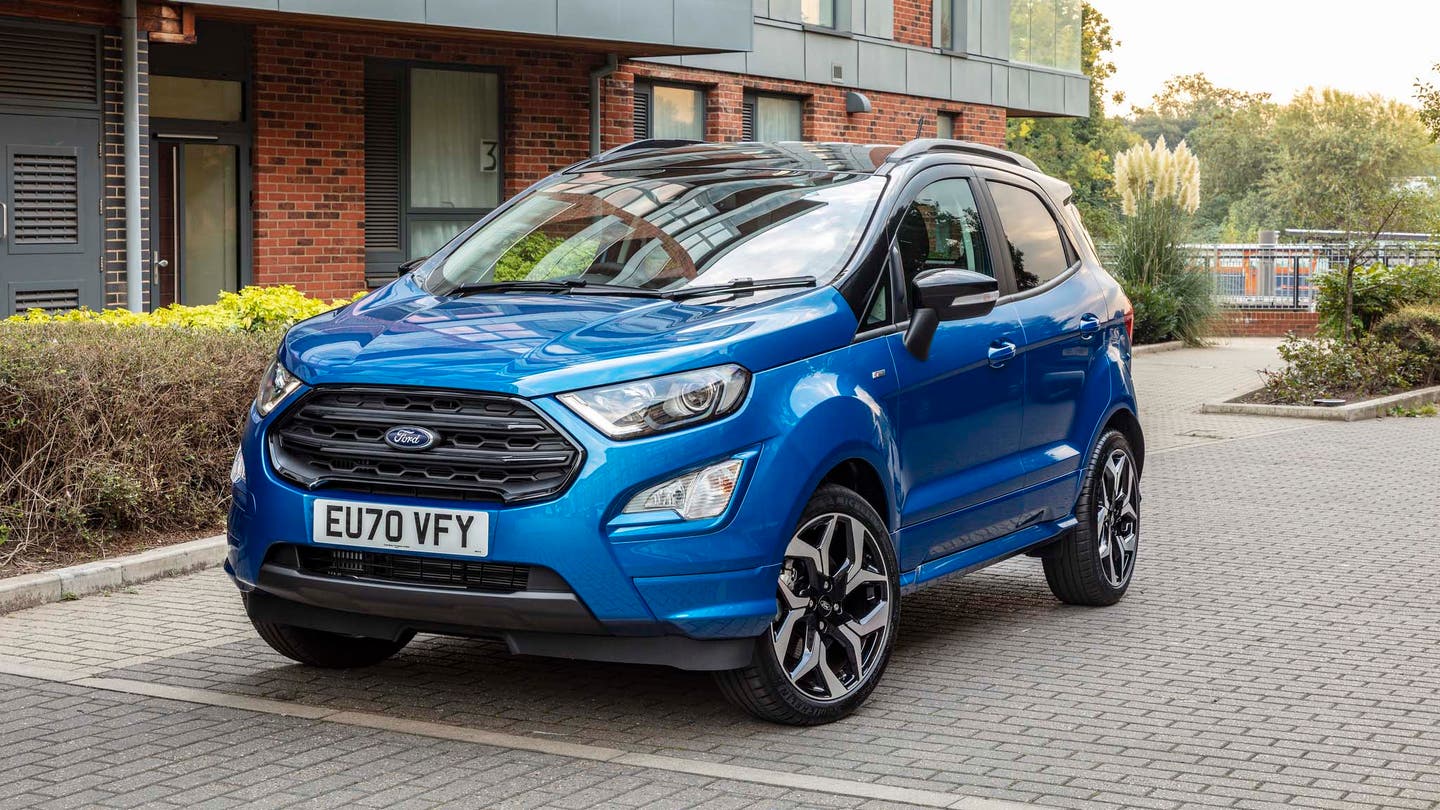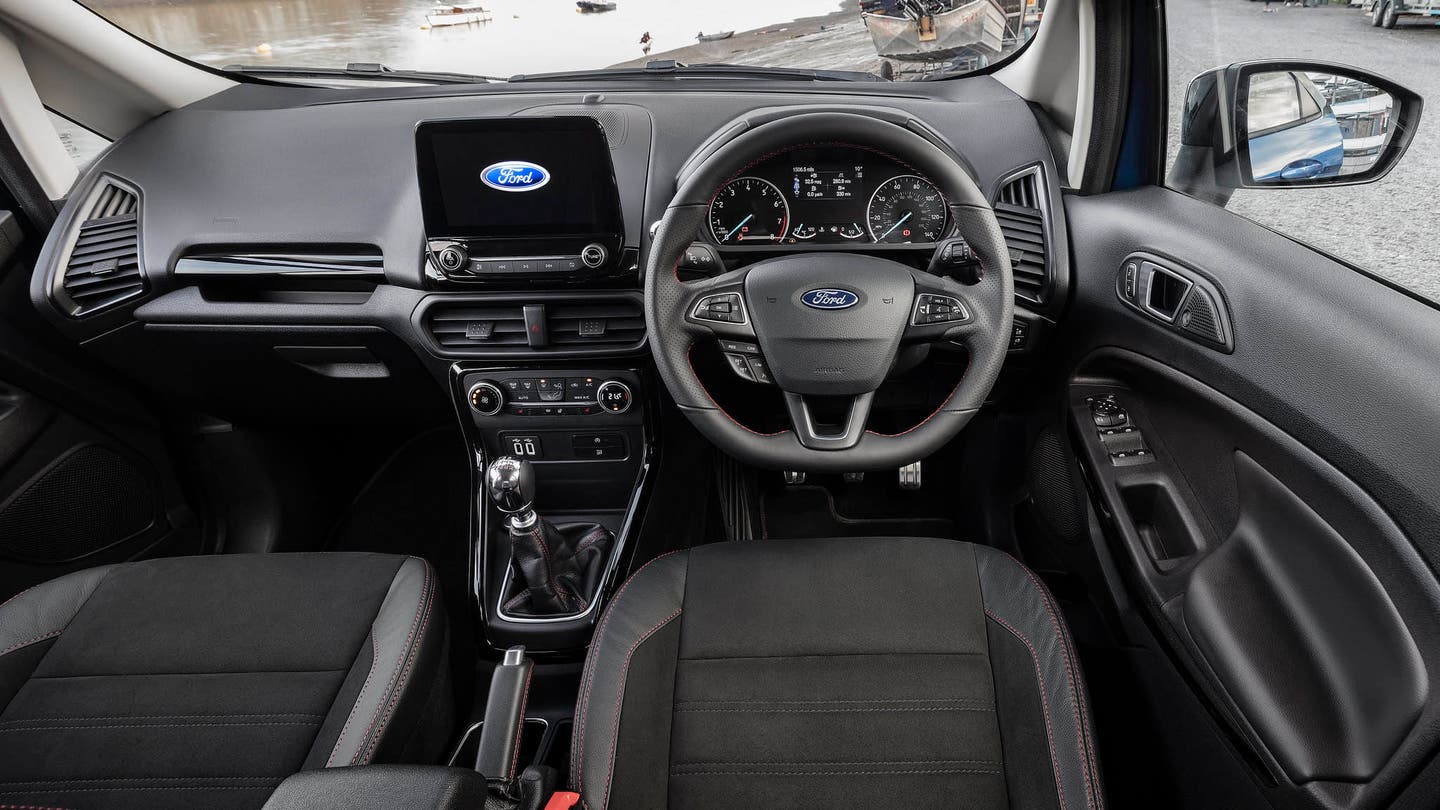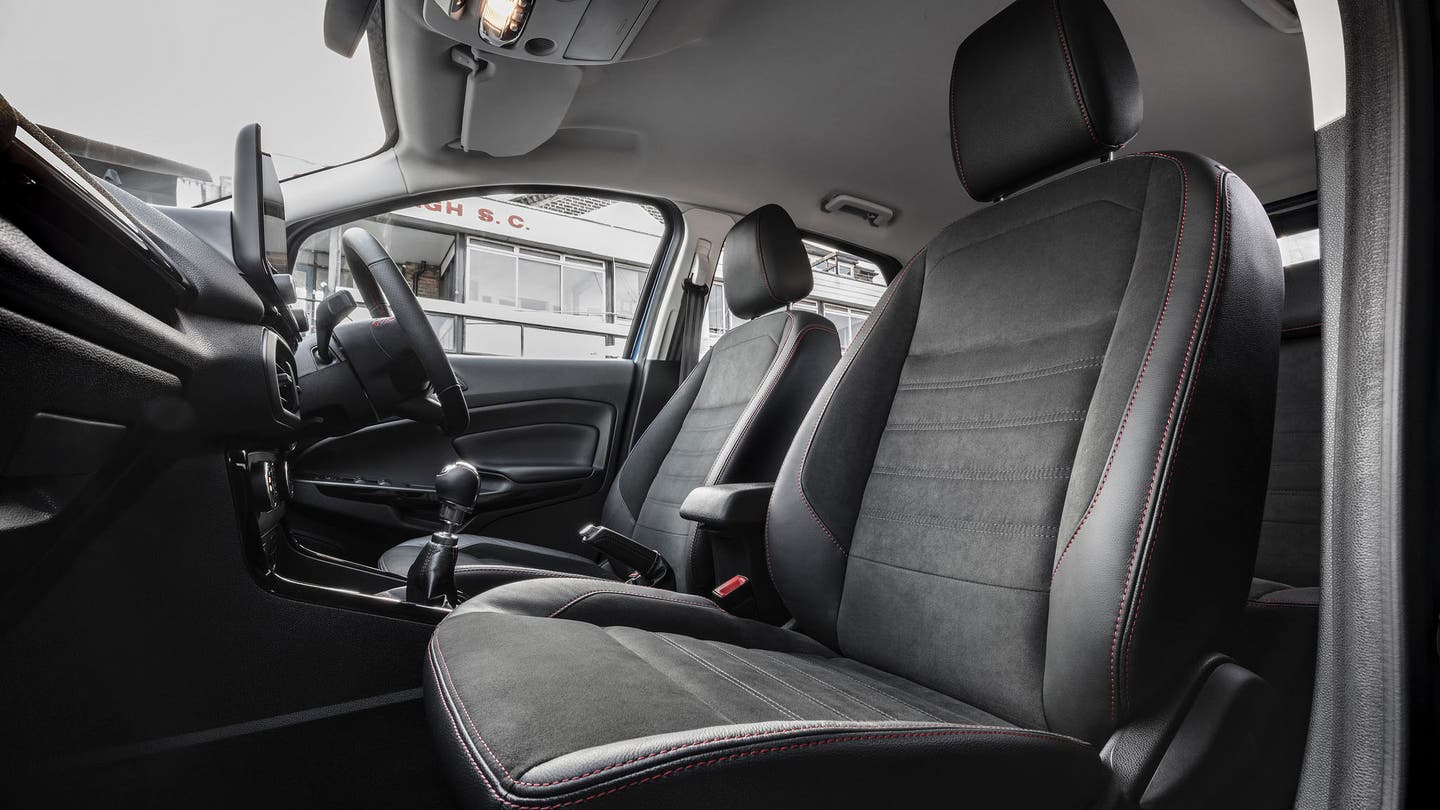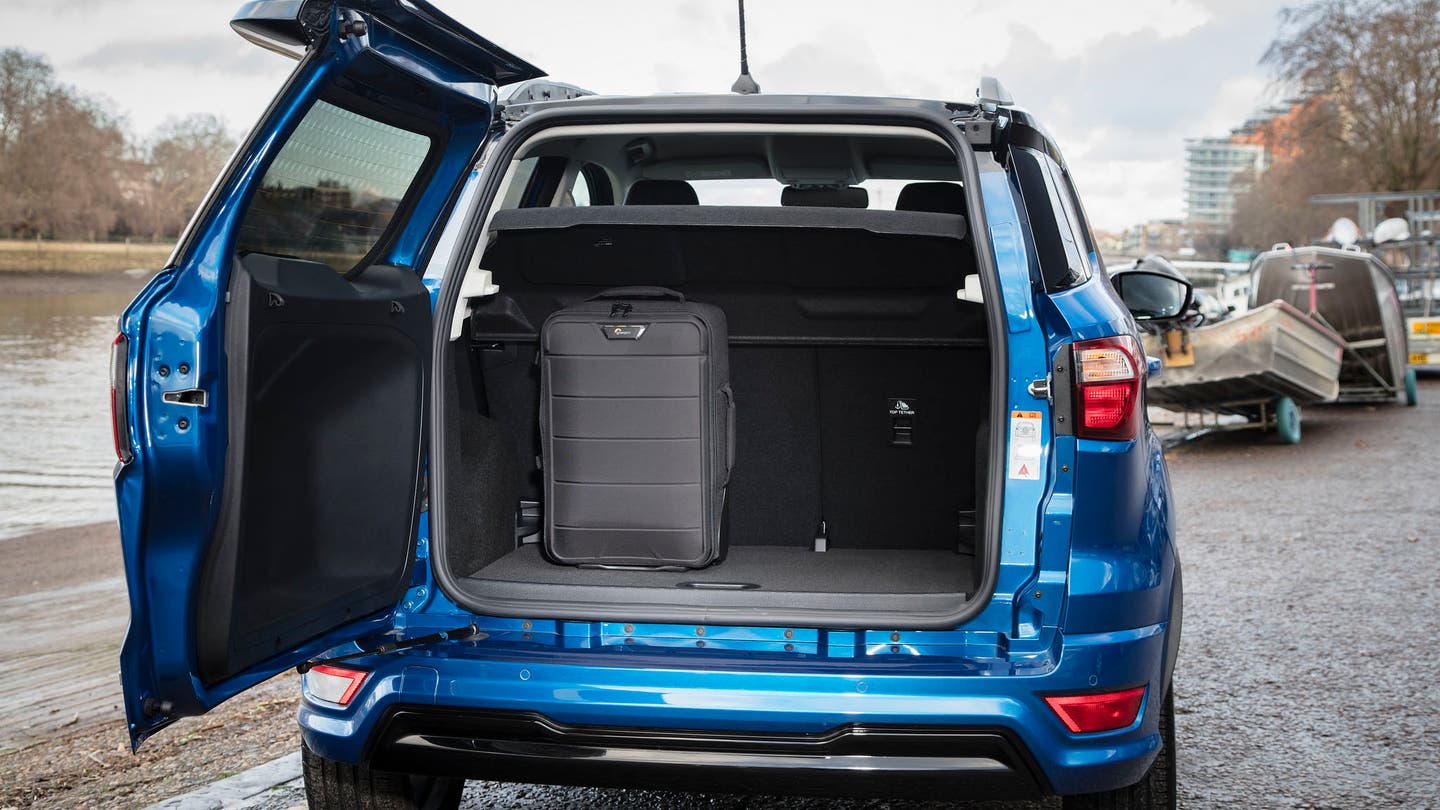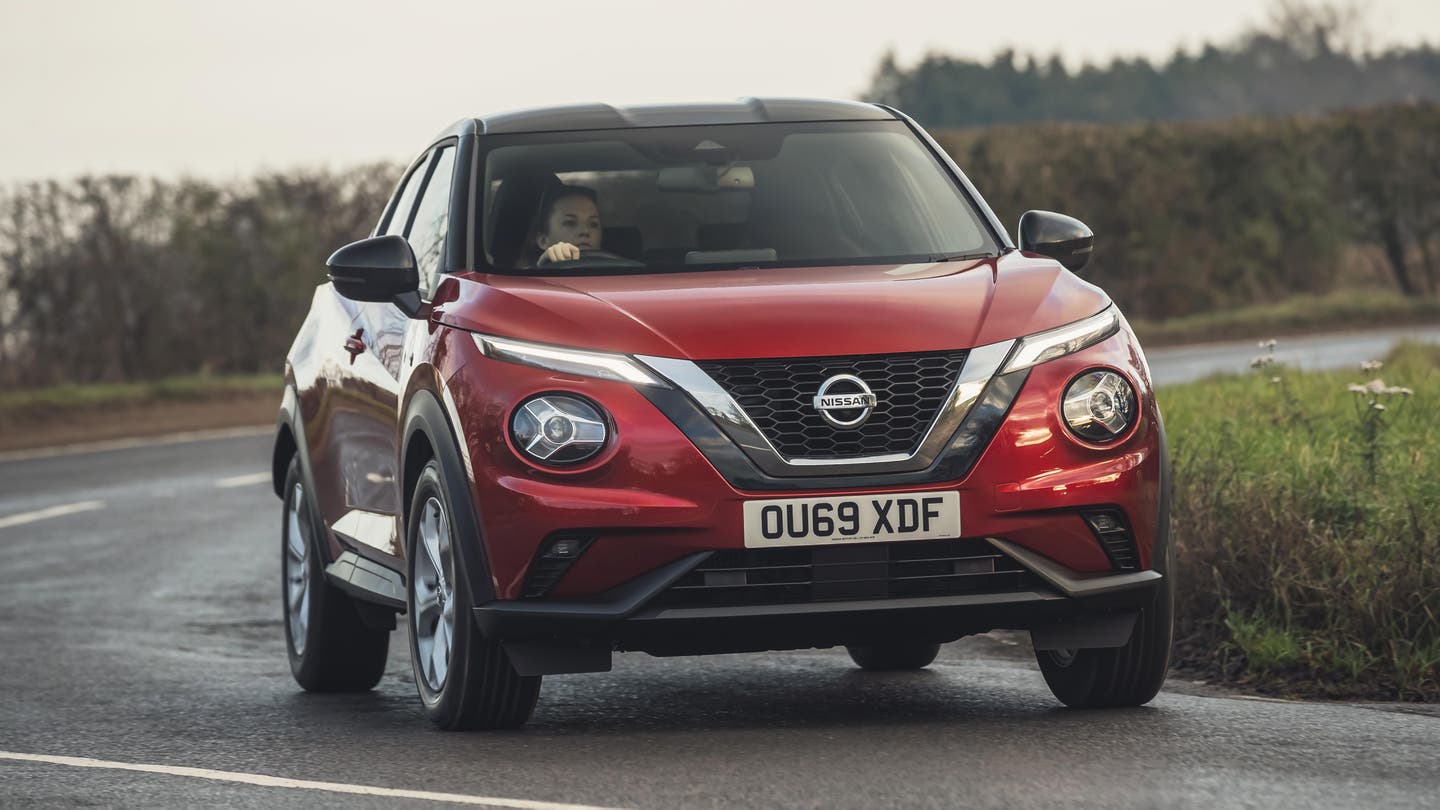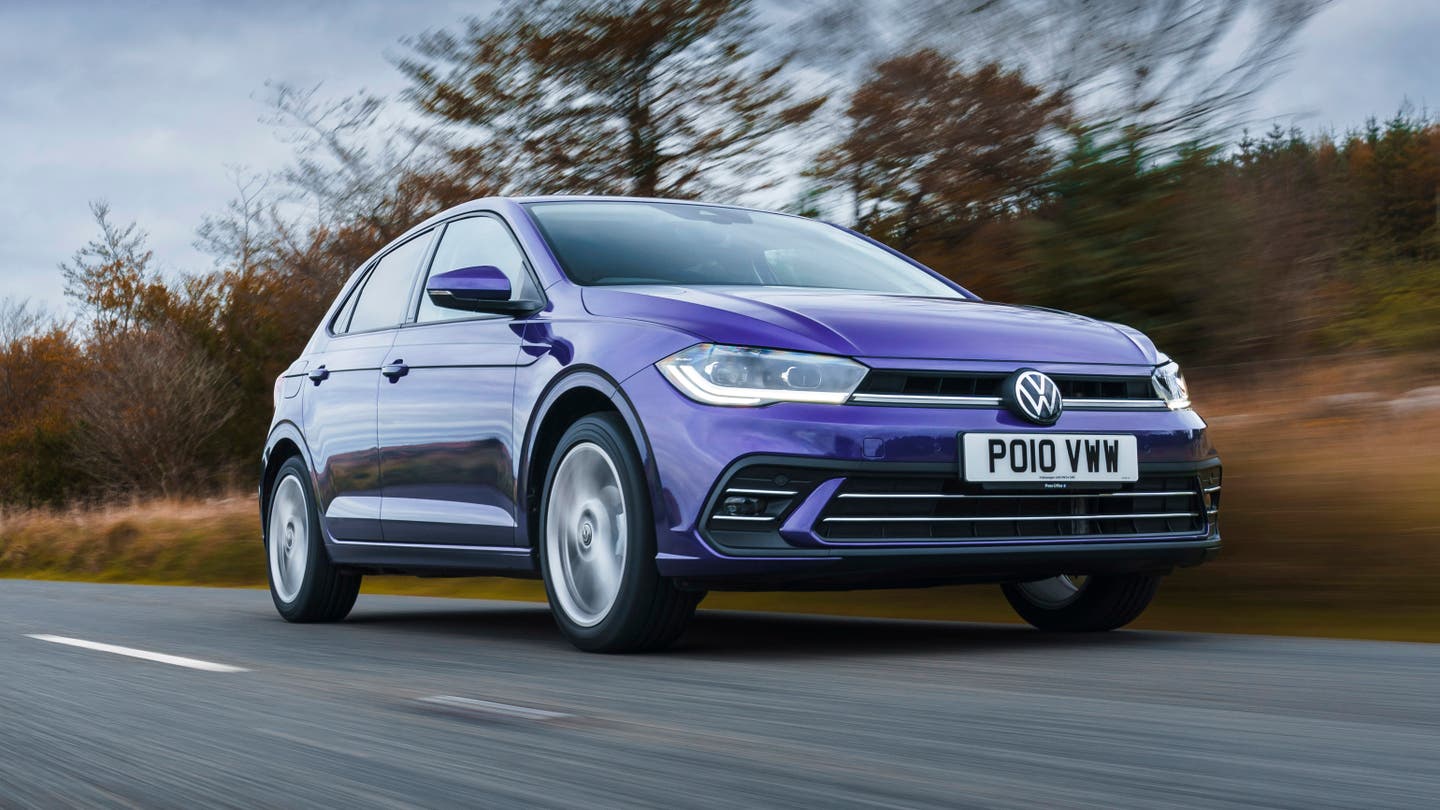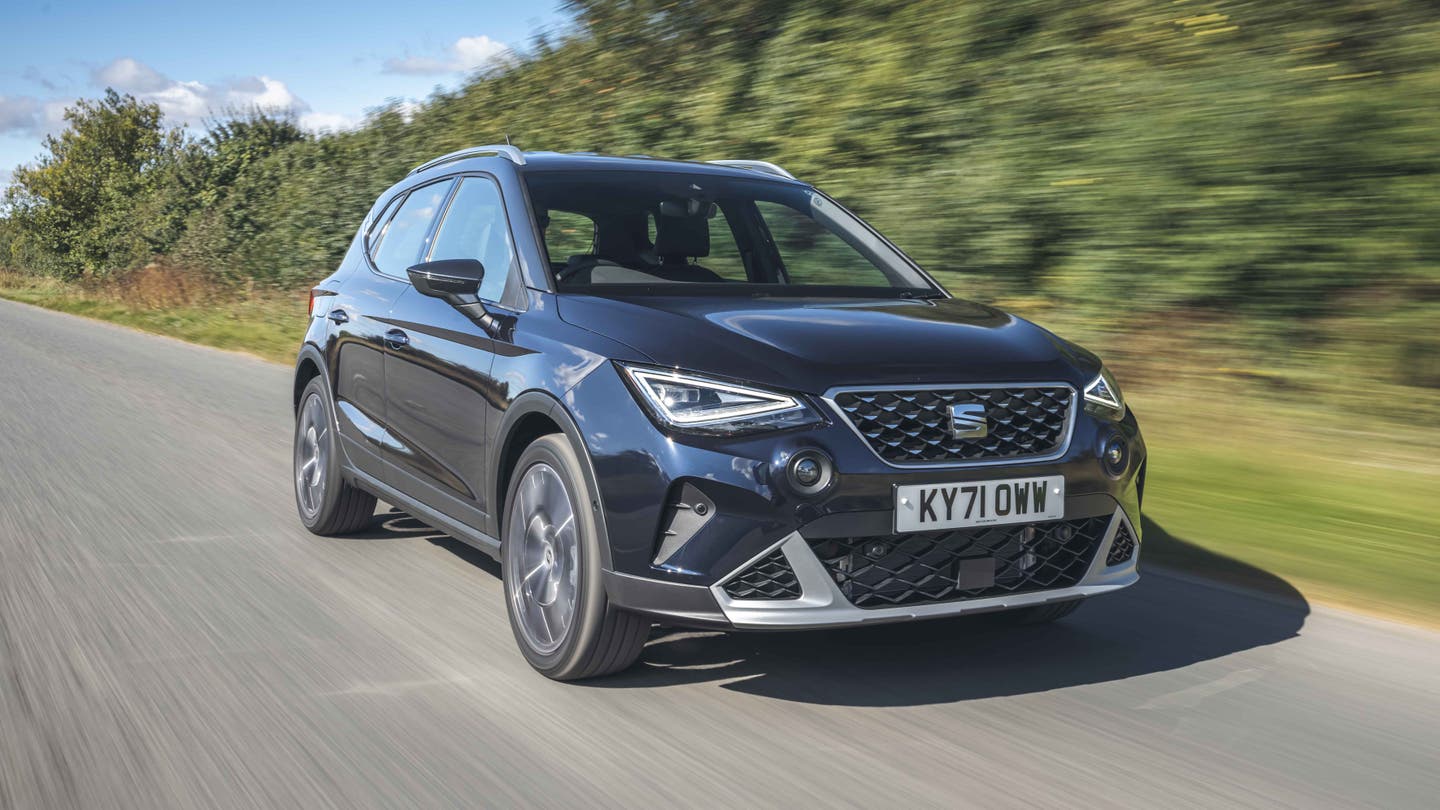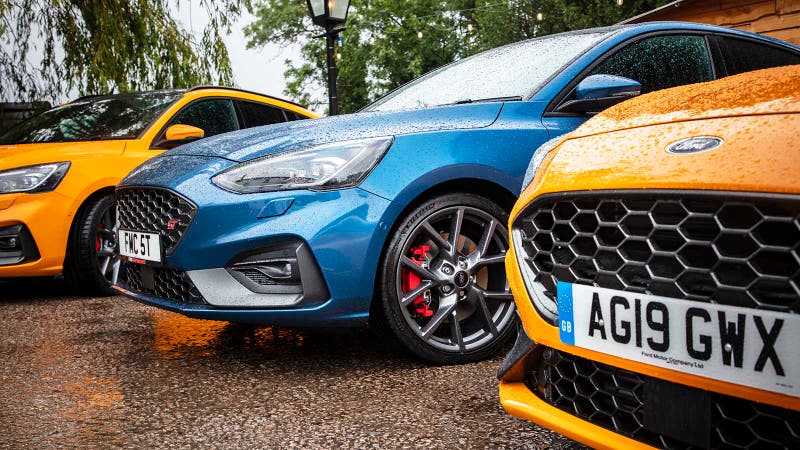
Ford Ecosport engines, driving and performance
Gallery
How does the Ford Ecosport drive?
The Ford Ecosport’s driving experience is a mixed bag. It’s based on the last-shape Ford Fiesta and you can feel that in the steering, which is darty and accurate.
But that’s coupled with a tall, narrow body, so there’s nowhere near the same level of body control as in a Fiesta. It rolls a lot through corners and a lot of the Fiesta’s fun factor is sucked out in the Ecosport. That’s particularly noticeable alongside the Ford Puma, which is based on the latest Fiesta and is still fun to drive.
At least the Ecosport’s high driving position means you get a clear view of the road ahead.
Is the Ford Ecosport comfortable?
With its lofty ride height, you might reasonably expect the Ecosport to filter out a lot of imperfections in the road surface beneath you. But its suspension is firm – perhaps even unsophisticated – so bumps and jarring potholes are very noticeable in the cabin. Tyre noise and wind noise are also ever-present and could get annoying on a long journey.
Add in the body roll and your passengers may be going for the grab handle. It’s a car that’s best driven smoothly and as simple A-to-B transport.
What’s the best engine to get?
There’s a 1.0-litre petrol engine with three power outputs and a 1.5-litre diesel with two power outputs. Unless you’re doing mainly motorway miles, the 1.0-litre petrol is the better choice. It’s perky around town and gets the Ecosport up to higher speeds with no fuss at all.
Zetec models can come with a 100hp version of this engine, while the 140hp version is only available on ST-Line trim. The middle 125hp engine is available with every trim level, and handily it’s the one we’d recommend. Its performance is decent enough and the 140hp engine doesn’t add much to the party – although it doesn’t really cost any more to run, either.
Insurance costs are reasonable across the range, as is fuel economy. The petrol engines are rated for 47-48mpg – not the best in class but far from the worst – and the comparatively rare diesel engines aren’t much more efficient, offering 57mpg for the languid 100hp engine and 53mpg for the 125hp version. The diesel engines also need AdBlue topups and occasional long runs to avoid diesel particulate filter (DPF) issues occurring.
All-wheel drive has been available on certain engines, so you may occasionally come across an AWD example. We wouldn’t choose to hunt one out – it’ll affect your fuel economy and, if it’s winter grip you’re after, we’d recommend getting a two-wheel-drive Ecosport and sticking a set of purpose-built winter tyres on it.
Ford Ecosport performance
Performance isn’t one of the Ecosport’s best strengths. The most popular 125hp petrol engine is perky at low speeds and has enough power to keep up with motorway traffic. We don’t see much need for the 140hp engine, and the 100hp engine is likely to start feeling strained up long hills.
Against the clock, 0-62mph takes 11 seconds in the 125hp petrol, and merely eight-tenths of a second less in the 140hp petrol. Likewise, the 100hp petrol is only around a second slower than the 125hp petrol. While the diesel engines have a good amount of low-down shove, their puff quickly runs out. The more powerful diesel takes just over 11 seconds as well, but the 100hp diesel takes a yawning 13.6 seconds to reach 62mph from a standstill.


